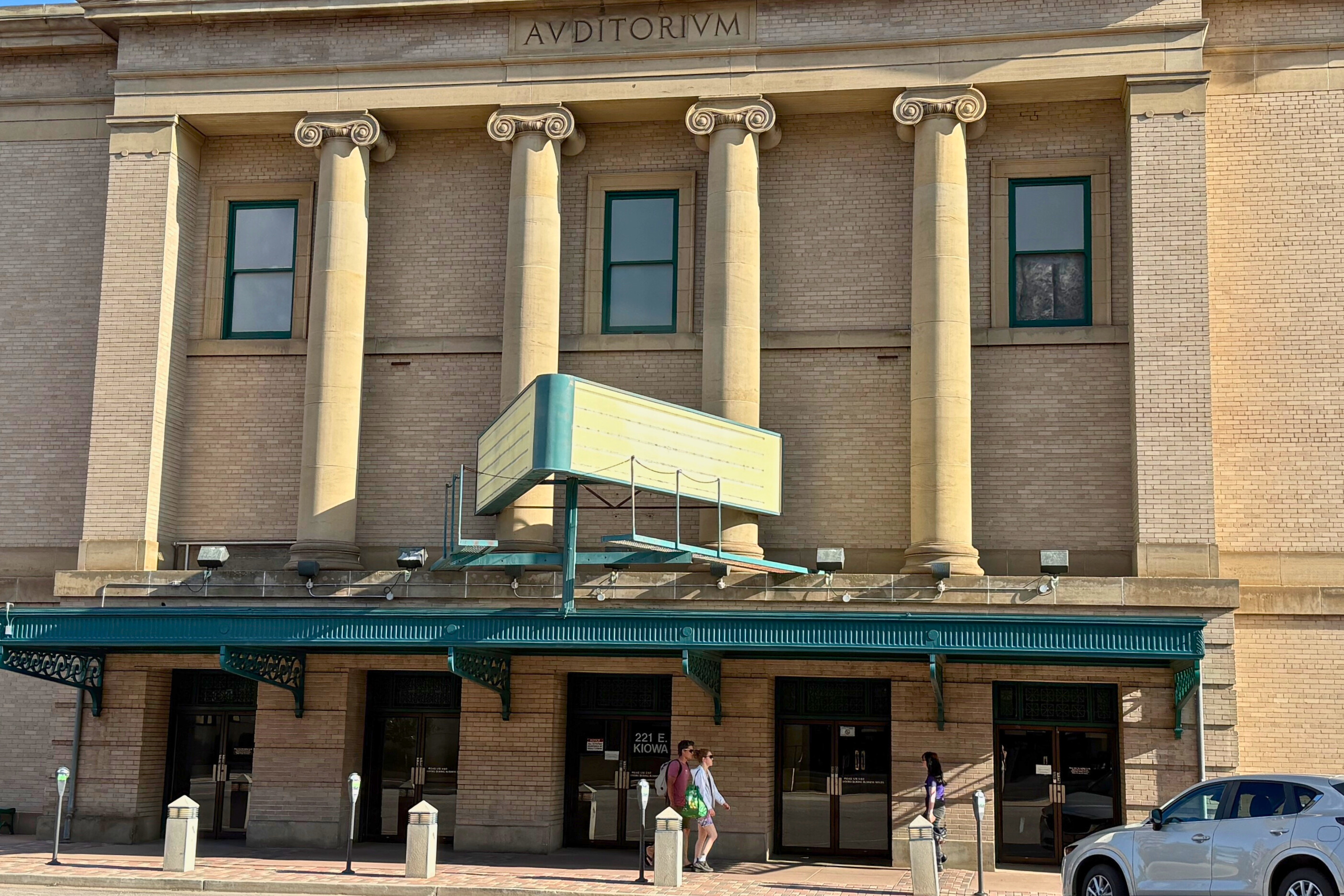
This is “Looking UP! in southern Colorado,” from the Colorado Springs Astronomical Society. I’m Hal Bidlack, and there are lots of reasons to look up!
Did you know that you have a planetarium in your pocket? If you have a smart phone, you have the universe at your fingertips.
There are wonderful and free interactive sky maps available for both iPhone and Android users. You can use these programs to find interesting things in the sky by simply holding your phone over your head and letting it guide you to some of the wonders of our universe.
One of the objects the sky map programs can help you find is the great globular cluster in the constellation Hercules, overhead in our June skies in southern Colorado. This gorgeous object is located roughly halfway between the bright stars Vega and Arcturus, but it will be easier to find with the sky map or by coming to one of our free public star parties.
The Milky Way galaxy, where we live, is a vast, slowly-spinning pinwheel of 200 billion stars. Orbiting above and around this pinwheel are approximately 160 tightly packed balls of stars, called globular clusters. These clusters are some of the oldest stars around. The great Hercules cluster, a ball of about 300,000 stars, is at least 12 billion years old. Given that the entire universe is just under 14 billion years old, you can see that these stars are truly ancient. And through a small telescope, the Hercules cluster is breathtakingly beautiful. It looks like an exploding firework, albeit a firework that is 145 light years across and almost older than we can imagine. The stars in globular clusters are packed close together, astronomically speaking. The closest star to our sun is over four light years away. If our sun was in the middle of the Hercules cluster, however, we have over 100 stars within only 3 light years. Can you imagine a night sky blazing with hundreds of super-bright stars?
And that’s only one globular cluster, there are many more.
If you’d like to take a closer look at the Hercules cluster or any of the other wonderful and amazing things in the sky, please visit KRCC.org or CSASTRO.org for a link to information on our monthly meetings and our free public star parties!
This is Hal Bidlack for the Colorado Springs Astronomical Society, telling you to keep looking up, Southern Colorado!








